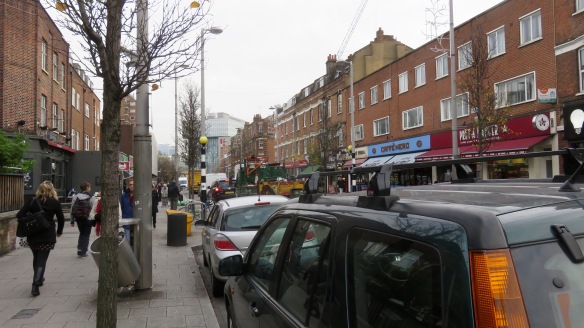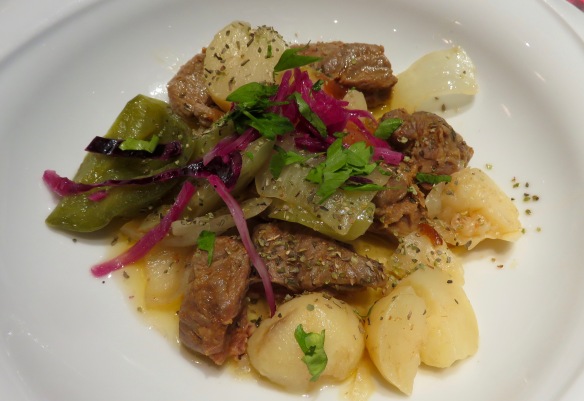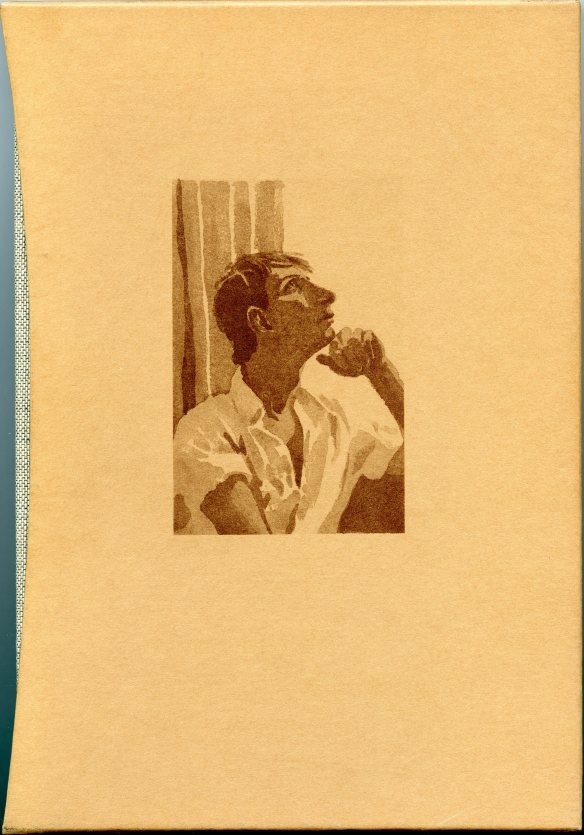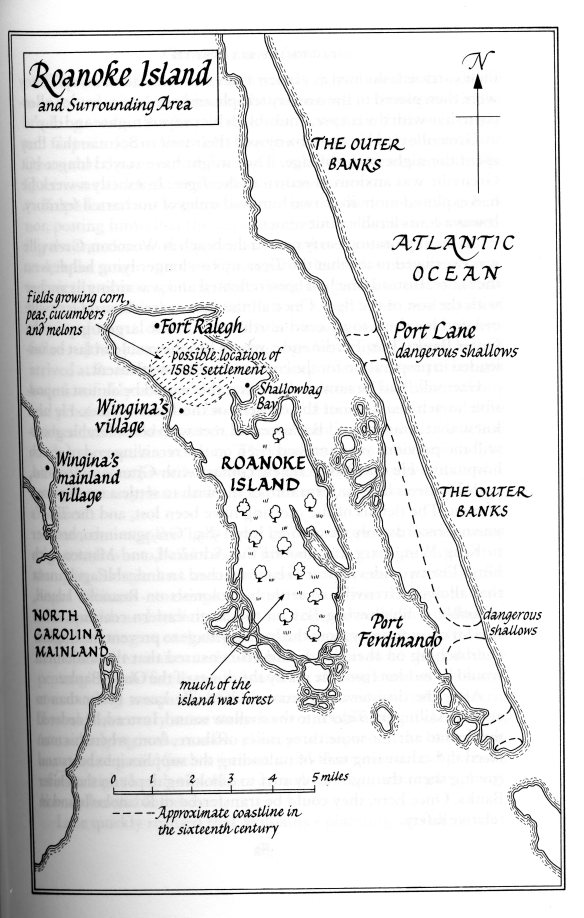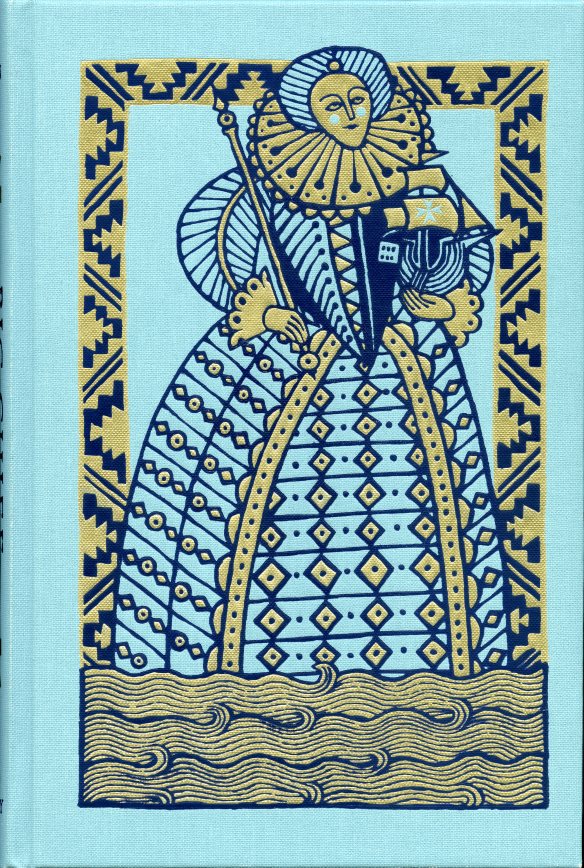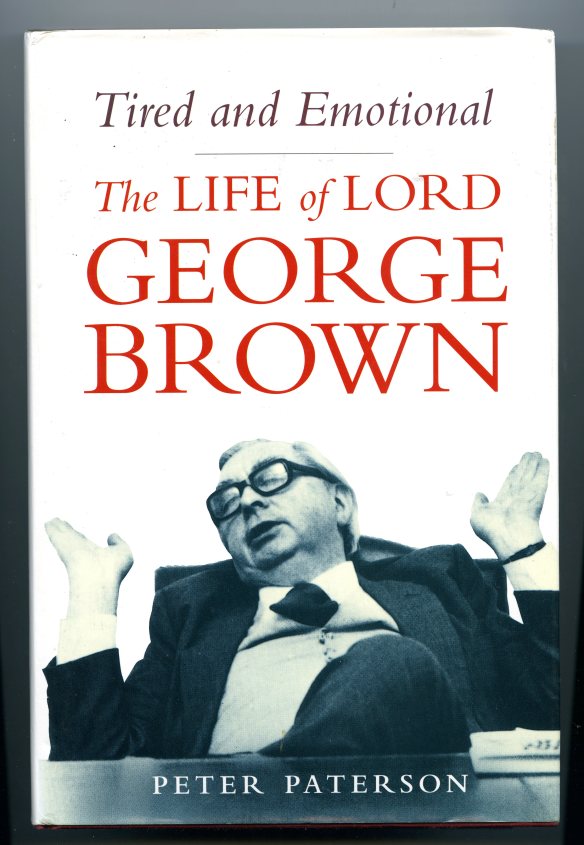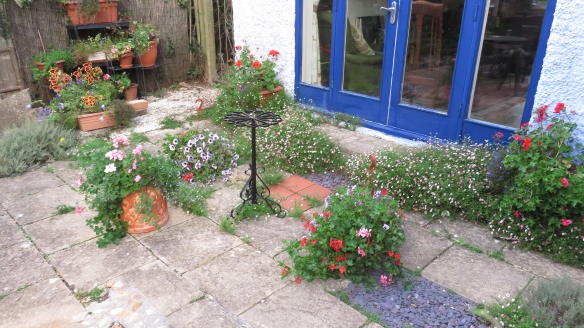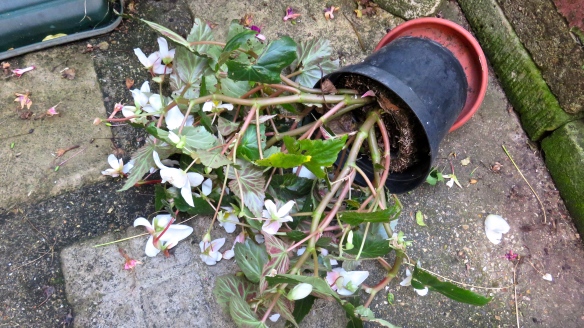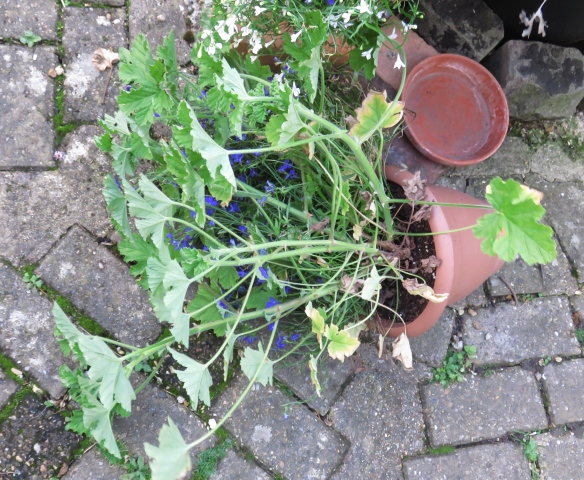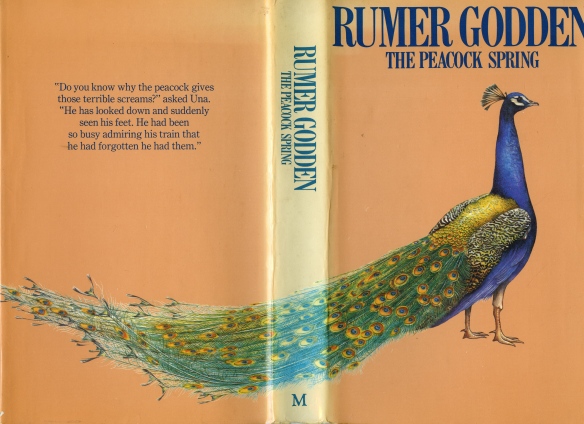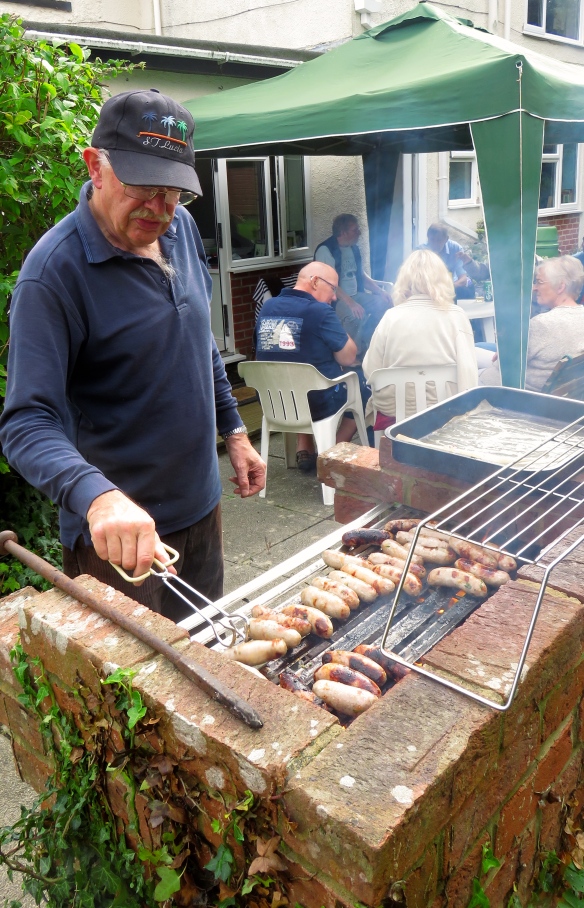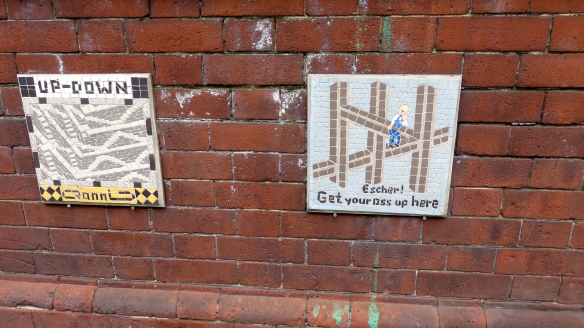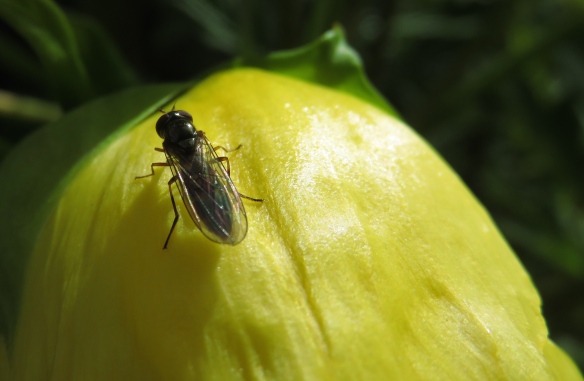Jackie drove me to and from New Milton for me to lunch with Norman at Tas, in The Cut, EC1.
In the rather neglected station garden a Leycesteria is blooming rather early. Note the dumped supermarket trolley visible beyond the stems.
From Waterloo Station I approached The Cut, as congested as ever, via Lower Marsh
with its cosmopolitan food stalls preparing for the lunchtime custom.
I wasn’t the only photographer focussing on food.
Norman and I had our usual enjoyable discussion over the Anatolian cuisine. We both chose the Tas Special lamb meal, which was very tender and tasty. Before that we had each chosen soups. Mine was fish with coriander and ginger. For dessert we each enjoyed baklava, and shared a bottle of the house red. We finished with coffee before I made my way back to Waterloo for my return home. Further sustenance was not required this evening.
Two days ago, I featured the dust jacket of Eiluned Lewis’s ‘Honey Pots and Brandy Bottles’. This was to display the work of Agnes Miller Parker. I had bought this 1954 publication some forty years ago, essentially for the illustrations. Perhaps, I thought, it was time I got around to reading it. I finished it on the train today.
The book is a collection of essays and poems gathered to represent the four seasons of the year. Published by Country Life the writing is pleasant, if, for this reader, unexciting.
What lifts the publication well beyond the ordinary are the wood engravings of a woman I regard as one of the best illustrators of her day.
The clarity, perspective, and depth of field evident in these masterpieces would be impressive if they were simply pen and ink drawings. When one considers the technical skill required to bring light and life to images worked into blocks of wood, admiration can only be enhanced.

